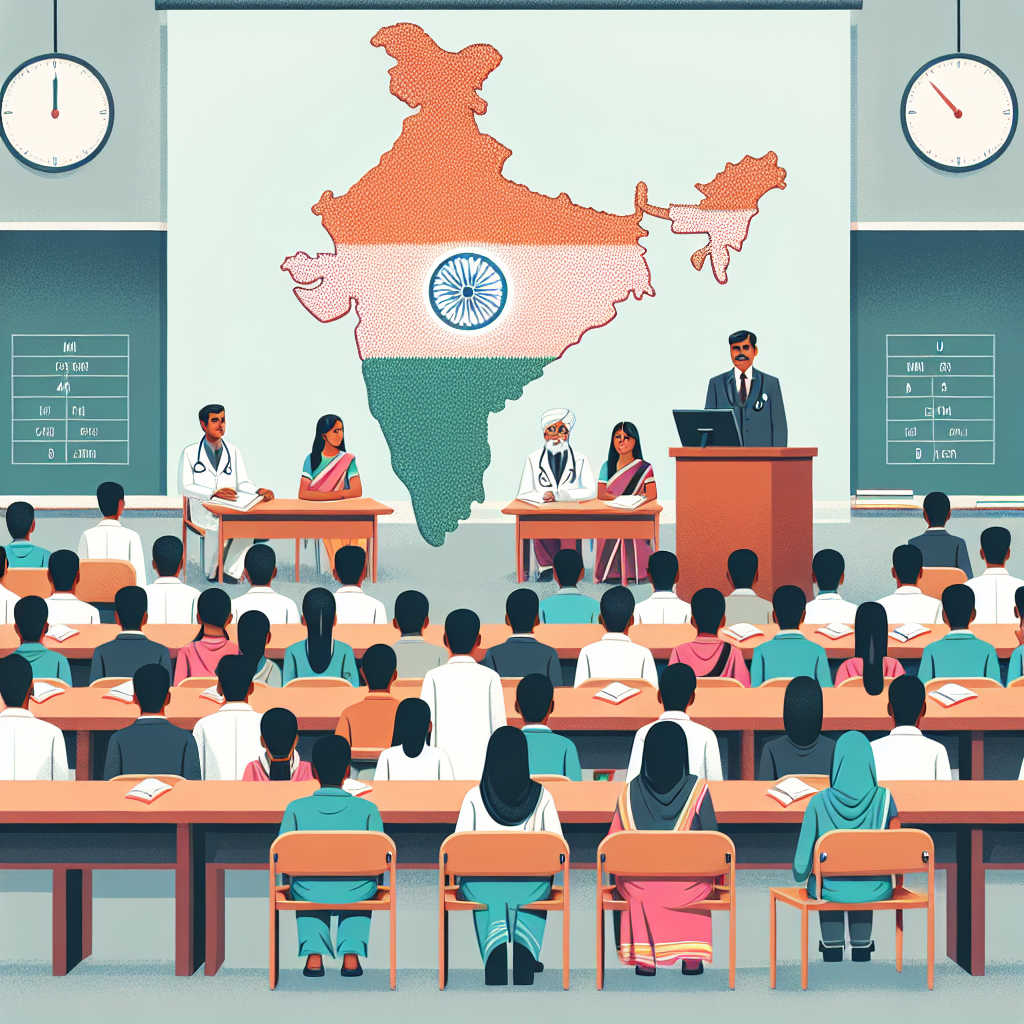NMC's Vision: Balancing UG and PG Ratios for India's Healthcare Quality

In a recent announcement, the Chairman of the National Medical Commission (NMC) emphasized the importance of establishing a balanced ratio of undergraduate (UG) to postgraduate (PG) medical education. The goal is to achieve a 1:1 ratio, which is crucial for improving the overall quality of healthcare services in India.
The Importance of a Balanced UG to PG Ratio
Achieving a balance between UG and PG medical education is essential for several reasons:
- Quality of Healthcare: A higher number of postgraduate medical professionals will lead to improved patient care and more specialized healthcare services.
- Meeting Global Standards: By elevating medical education, India can align its healthcare system with developed countries, ensuring international quality standards.
- Addressing Workforce Needs: This strategy aims to fill the gap in specialized medical expertise, contributing to a well-rounded healthcare workforce.
Ongoing Efforts and Initiatives
The NMC's commitment to enhancing medical education includes:
- Curriculum Revisions: Updating undergraduate curricula to better prepare students for rigorous postgraduate training.
- Incentives for Specialization: Encouraging medical graduates to pursue further studies in specialties that are in demand within the healthcare sector.
- Collaboration with Institutions: Partnering with medical colleges to facilitate a smooth transition from UG to PG programs.
Conclusion
The NMC's initiative to balance the UG to PG ratio is a significant step towards fortifying India's healthcare system. By focusing on quality education and training, India can ensure a robust healthcare framework that meets the needs of its population and integrates seamlessly with global healthcare standards.
